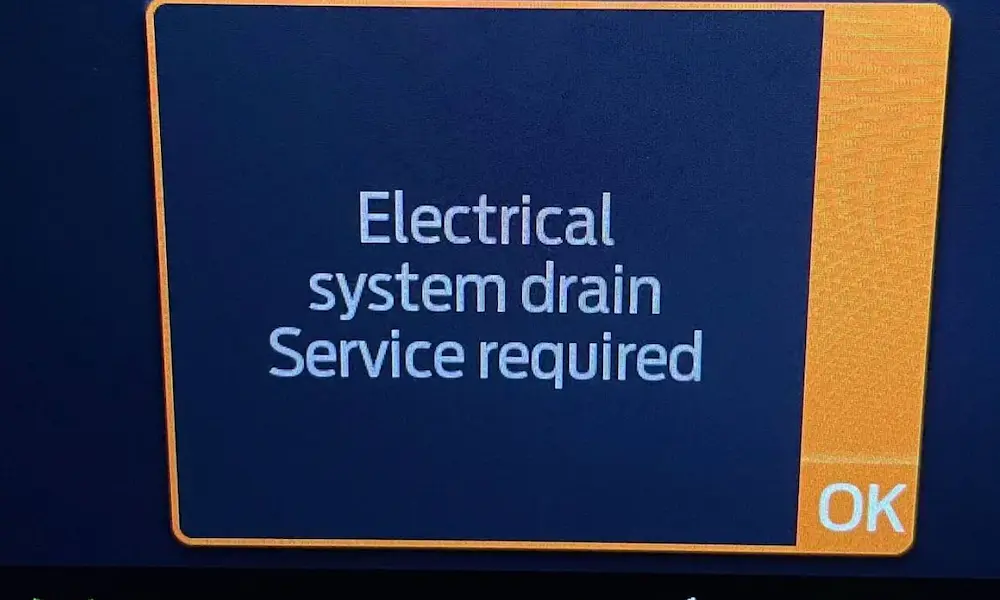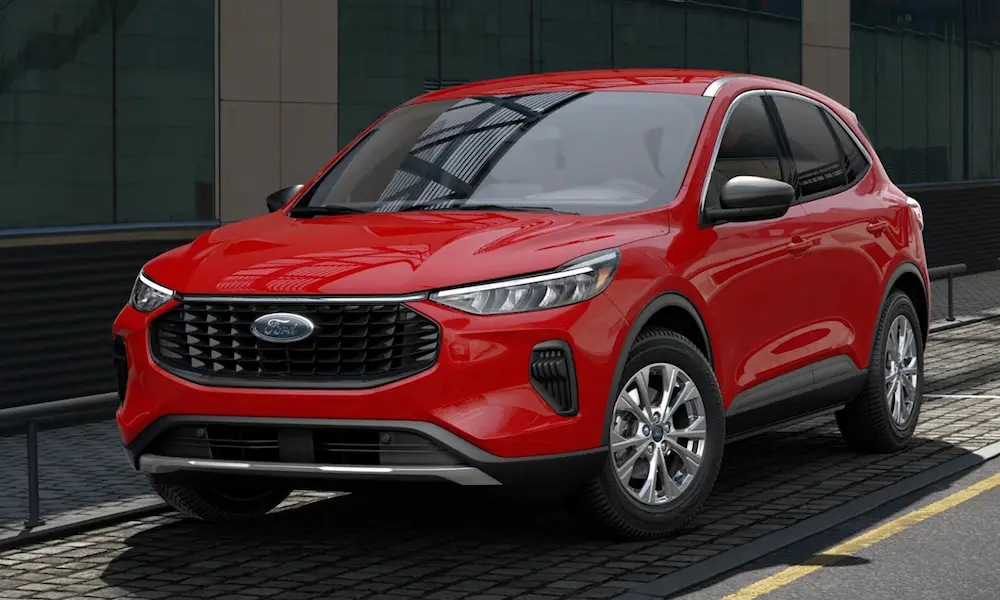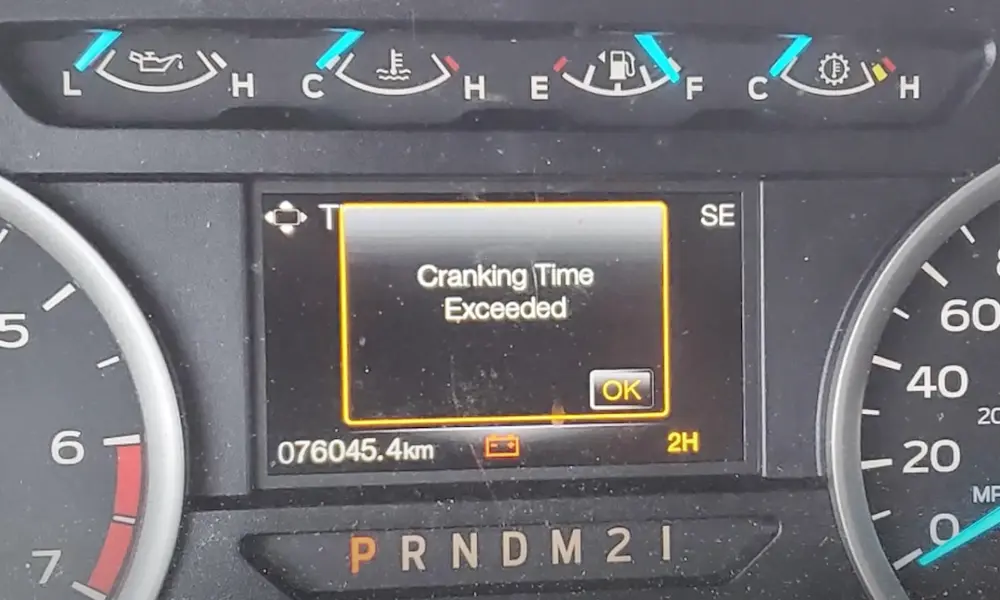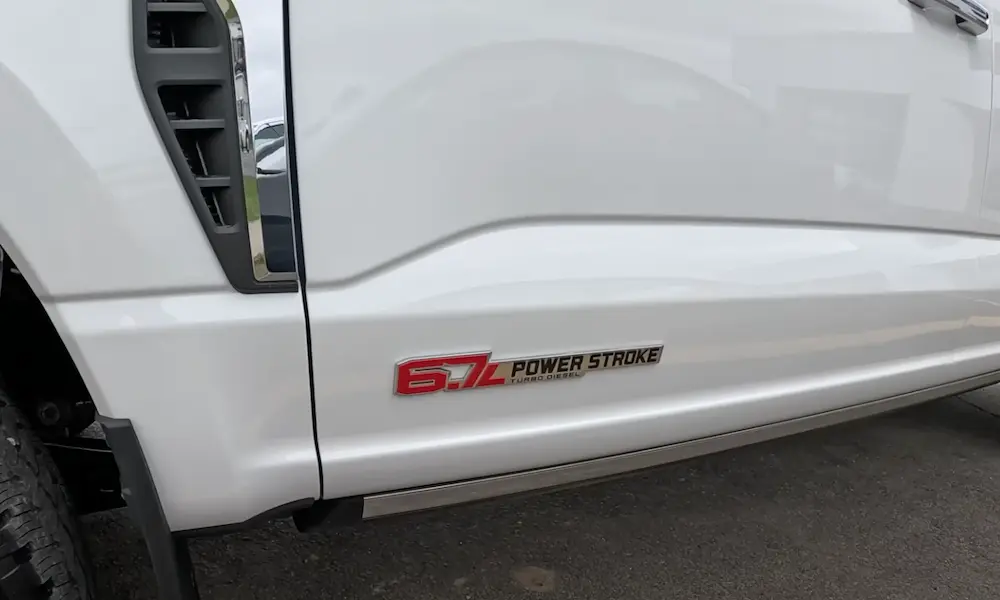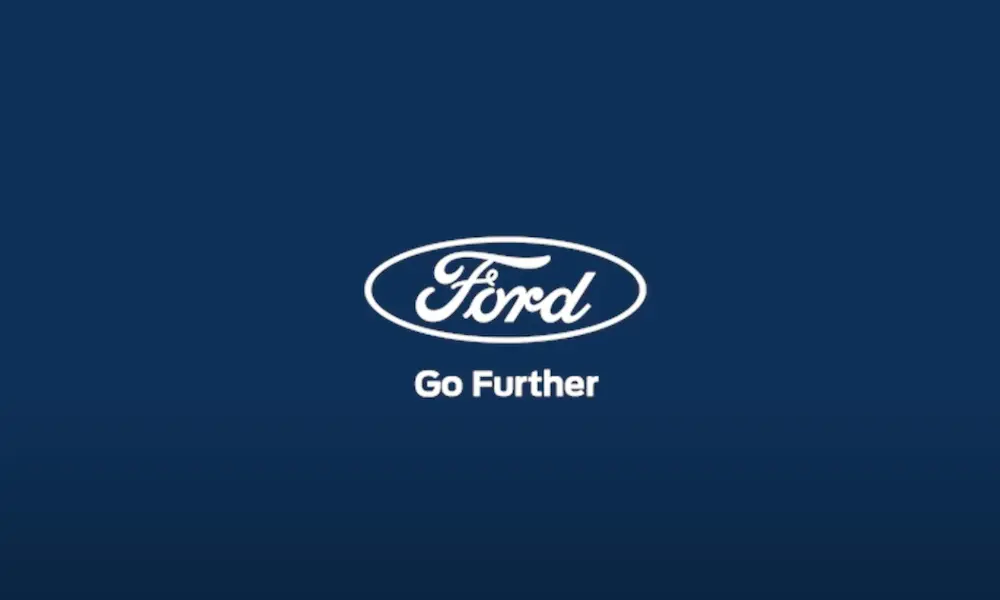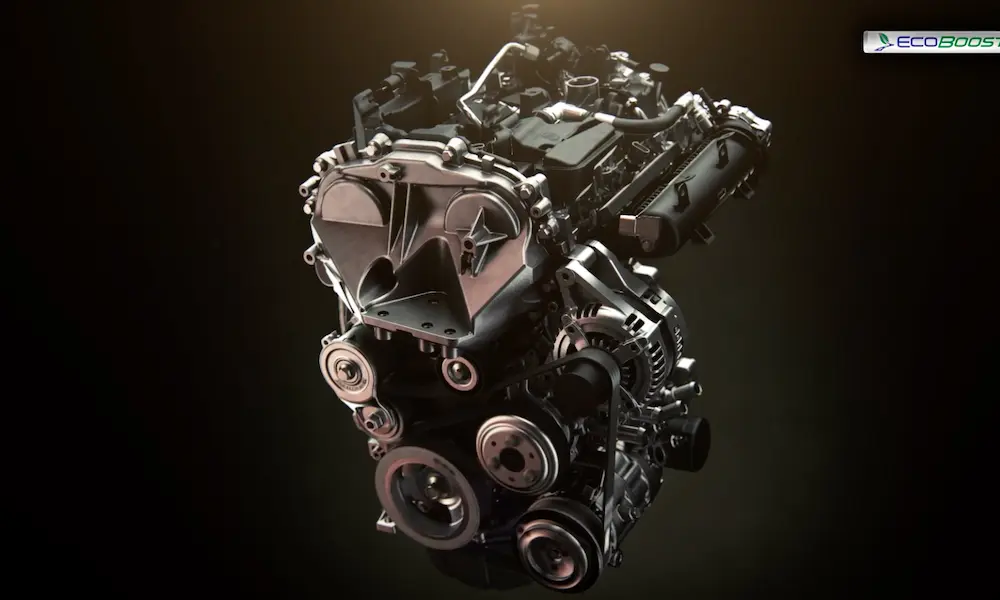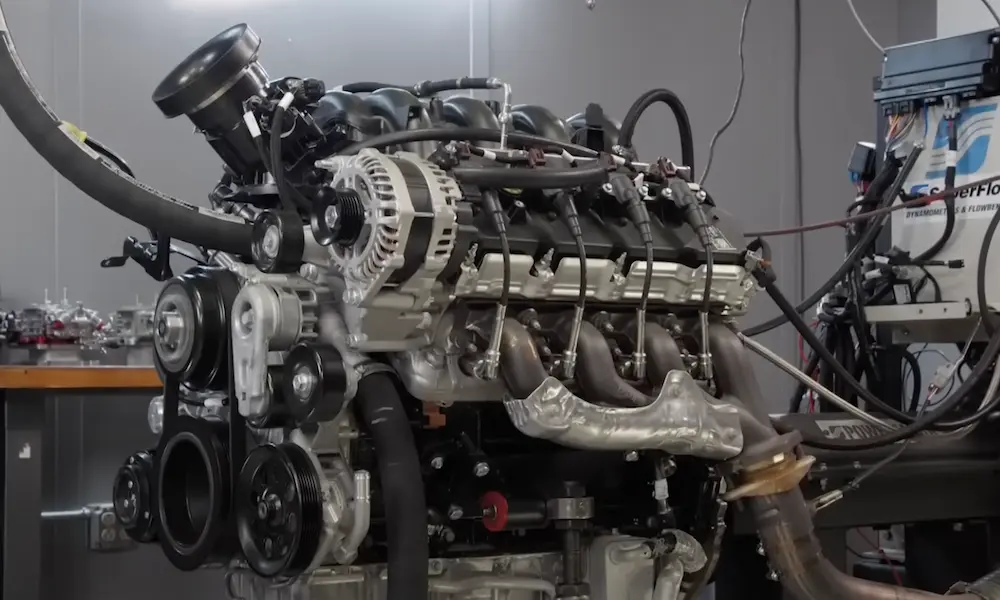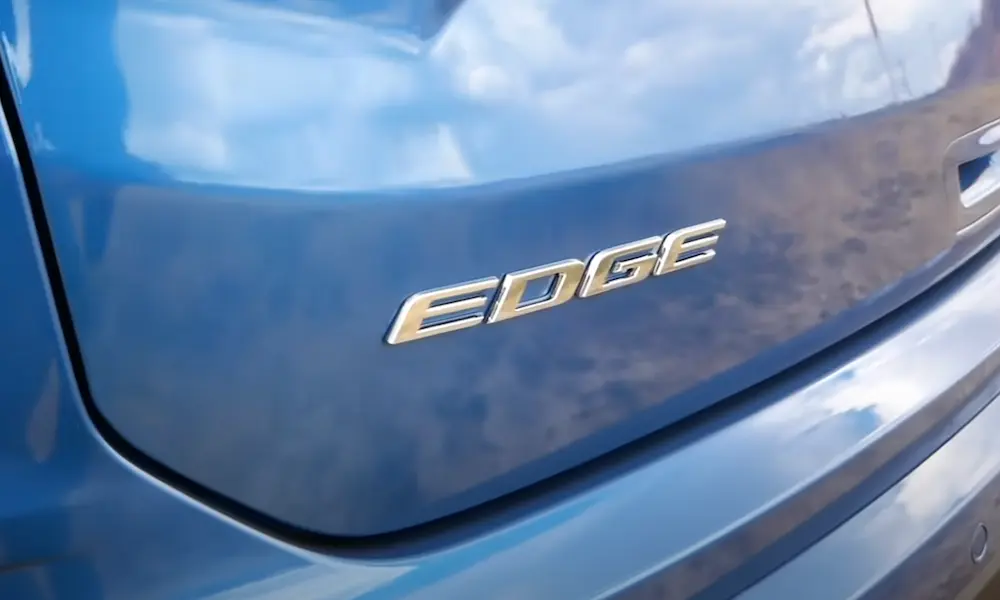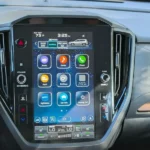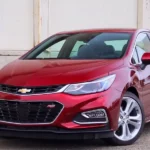Ever wondered where your Ford Edge rolled off the assembly line? The manufacturing story of this popular midsize SUV has taken some interesting turns over the years. If you’re shopping for one or simply curious about automotive production trends, understanding the Edge’s manufacturing journey offers insights into Ford’s global strategy.
Ford Edge Manufacturing Locations Today
The Ford Edge is currently manufactured exclusively at the Changan Ford Hangzhou Assembly Plant in China. This represents a major shift from its traditional North American production base.
The current situation:
- China-exclusive third-generation “Edge L” started production in 2023
- No longer manufactured in North America as of April 2024
- Not currently exported to the U.S. market
Ford’s decision to move production reflects their pivot toward electrification and regional market specialization.
The Historic Home of Ford Edge Production: Oakville Assembly
For nearly two decades, the Ford Edge called Canada home. From its debut in 2006 until April 2024, the Oakville Assembly Plant in Ontario, Canada was the exclusive manufacturing location for North American Ford Edge models.
During its 18-year production run at Oakville, Ford produced over 2.6 million Edge units. The plant also simultaneously manufactured the Lincoln Nautilus (previously known as the Lincoln MKX), which shared the Edge’s CD4 platform.
Why Ford Stopped Edge Production in North America
Ford’s decision to end North American Edge production wasn’t taken lightly. Several key factors influenced this strategic shift:
- EV transformation: Ford invested $1.8 billion to convert Oakville into an electric vehicle manufacturing hub. This facility will produce electric Ford Explorer and Lincoln Aviator models starting in 2027.
- Market trends: Declining demand for internal combustion engine crossovers in North America made updating the aging Edge platform less financially attractive.
- Global strategy: Ford is targeting 50% of its global sales from EVs by 2030, necessitating production changes worldwide.
- Labor considerations: The transition affects approximately 3,000 employees at the Oakville plant, with production halted from April 2024 until EV production begins in 2027.
According to discussions on Reddit, many loyal Edge owners expressed disappointment with the discontinuation, particularly praising its reliability and spacious interior.
The Three Generations of Ford Edge Manufacturing
The Edge’s production has evolved through three distinct generations, each with its own manufacturing footprint:
| Generation | Years | Manufacturing Location | Platform | Key Features |
|---|---|---|---|---|
| First | 2007-2014 | Oakville, Canada | CD3 | Initial crossover design, shared platform with Ford Fusion |
| Second | 2015-2024 | Oakville, Canada | CD4 | EcoBoost engines, advanced driver-assistance systems |
| Third (“Edge L”) | 2023-Present | Hangzhou, China | – | Larger dimensions, hybrid options, China-exclusive |
The transition between generations shows Ford’s adaptation to changing market demands and manufacturing efficiencies.
The Chinese Edge L: What’s Different?
The third-generation “Edge L” manufactured in China represents more than just a location change – it’s a substantially different vehicle designed specifically for Chinese consumers.
Key differences include:
- Extended dimensions with three-row seating option
- Redesigned interior with premium materials
- Hybrid powertrain options not available in previous North American models
- Styling tailored to Chinese market preferences
This China-exclusive model demonstrates Ford’s strategy of developing market-specific vehicles rather than one-size-fits-all global products.
The Reliability Record of Canadian-Built Edge Models
The Canadian-manufactured Edge built up a solid reputation for reliability over its production run. According to owner discussions, the 2.0L EcoBoost engine and transmission proved particularly durable when properly maintained.
Many owners highlighted:
- Consistent performance beyond 100,000 miles
- Good value compared to competitors like the Honda CR-V and Toyota RAV4
- Strong towing capacity for a midsize crossover
- Spacious interior without the bulk of larger SUVs
The National Highway Traffic Safety Administration data also shows generally solid safety ratings for Edge models manufactured in Canada.
Economic Impact of Ford’s Manufacturing Shift
The relocation of Edge production has created significant economic ripples:
- Canadian labor force: Approximately 3,000 workers at the Oakville plant face an uncertain transition period until EV production begins in 2027.
- Supply chain disruption: North American parts suppliers for the Edge had to adapt to losing a major customer.
- Chinese manufacturing growth: The Changan Ford partnership strengthens, continuing China’s emergence as a global automotive manufacturing hub.
- EV investment: Ford’s $1.8 billion investment in Oakville’s conversion represents a major bet on electric vehicle growth.
According to industry reports, Ford and Unifor (Canada’s auto workers’ union) are negotiating retraining programs and severance packages for affected employees.
The Future of Ford Edge Manufacturing
What does the future hold for Ford Edge production? Several scenarios appear possible:
- China-only production continues: The Edge L remains exclusive to the Chinese market with no plans for North American reintroduction.
- Potential hybrid comeback: If market conditions shift, Ford could introduce a hybrid or plug-in hybrid Edge variant for North America, following the success of the Maverick and F-150 hybrids.
- Electric successor: While the Edge name may not continue, Ford’s upcoming electric crossovers from the Oakville plant could essentially serve as spiritual successors.
- Global platform sharing: Future Edge models might share platforms with other Ford or Lincoln vehicles to improve manufacturing efficiency.
Ford enthusiasts on Reddit have debated whether the Edge L might eventually make its way to U.S. shores, though Ford has made no announcements suggesting this.
Should You Buy a Ford Edge Knowing Production Has Moved?
If you’re considering a Ford Edge purchase, the manufacturing changes raise some important considerations:
- Parts availability: North American dealerships will continue to stock parts for existing Edge models, though this could change over time.
- Resale value: The discontinuation could potentially impact resale values, though popular models sometimes see prices stabilize after production ends.
- Model year differences: The final 2024 model year vehicles produced in Canada may have some quality advantages from an experienced workforce.
- Future support: Ford will continue to honor warranties and service North American Edge models through their dealer network.
Some owners have expressed concern about buying a discontinued model, though Ford’s continued support for other discontinued vehicles suggests the Edge will remain serviceable for years to come.
How Ford’s Manufacturing Strategy Reflects Industry Trends
Ford’s decision to relocate Edge production highlights broader automotive industry shifts:
- Regionalization over globalization: Manufacturers are increasingly developing market-specific vehicles rather than global one-size-fits-all models.
- EV transition: Legacy automakers are repurposing traditional plants for electric vehicle production, sometimes at the expense of established models.
- Chinese manufacturing growth: China continues to emerge as both a production hub and a crucial market for global automakers.
- Labor transitions: Auto workers worldwide face retraining requirements as manufacturing shifts toward electrification.
According to manufacturing analysts, these trends will likely accelerate as environmental regulations tighten and consumer preferences continue evolving.
The Legacy of Canadian Ford Edge Production
As the Edge’s North American chapter closes, it leaves behind a significant manufacturing legacy:
- Over 2.6 million vehicles produced at Oakville
- Setup of advanced robotics and quality control systems
- Development of a skilled Canadian automotive workforce
- Economic impact on Ontario’s manufacturing sector
The last North American Ford Edge rolled off the Oakville assembly line in April 2024, marking the end of an era but also the beginning of the plant’s transformation into an EV manufacturing center.
Conclusion
The Ford Edge’s manufacturing journey—from Oakville to Hangzhou—reflects Ford’s adaptation to changing global markets and technological shifts. While North American customers say goodbye to new Edge models, the vehicle continues its evolution for Chinese consumers.
For current Edge owners, Ford’s commitment to parts and service provides reassurance despite the manufacturing changes. For Ford as a company, the transition represents a strategic pivot toward an electric future, with the Oakville plant set to play a crucial role in that transformation starting in 2027.



